Snow fall: Mt. Charleston turns white from October storm — PHOTOS
The first significant snow of autumn dropped several inches on the Mt. Charleston area, including Lee Canyon.
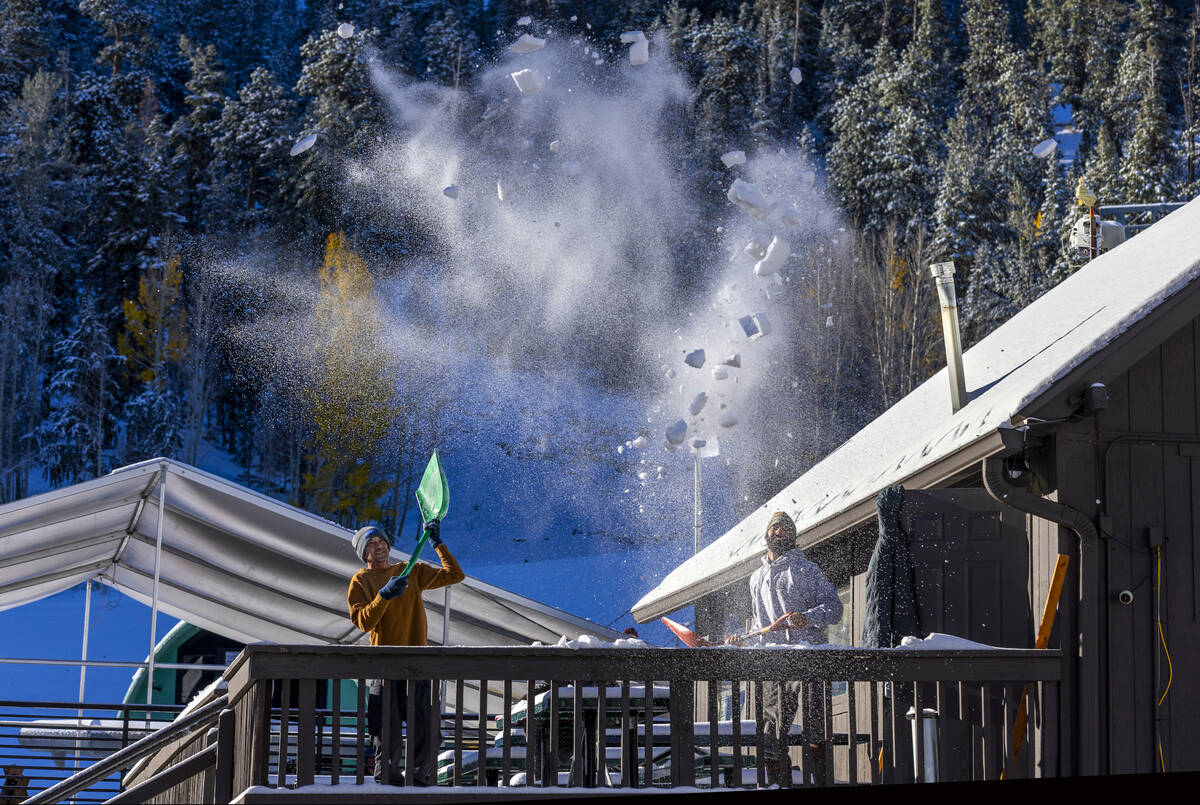
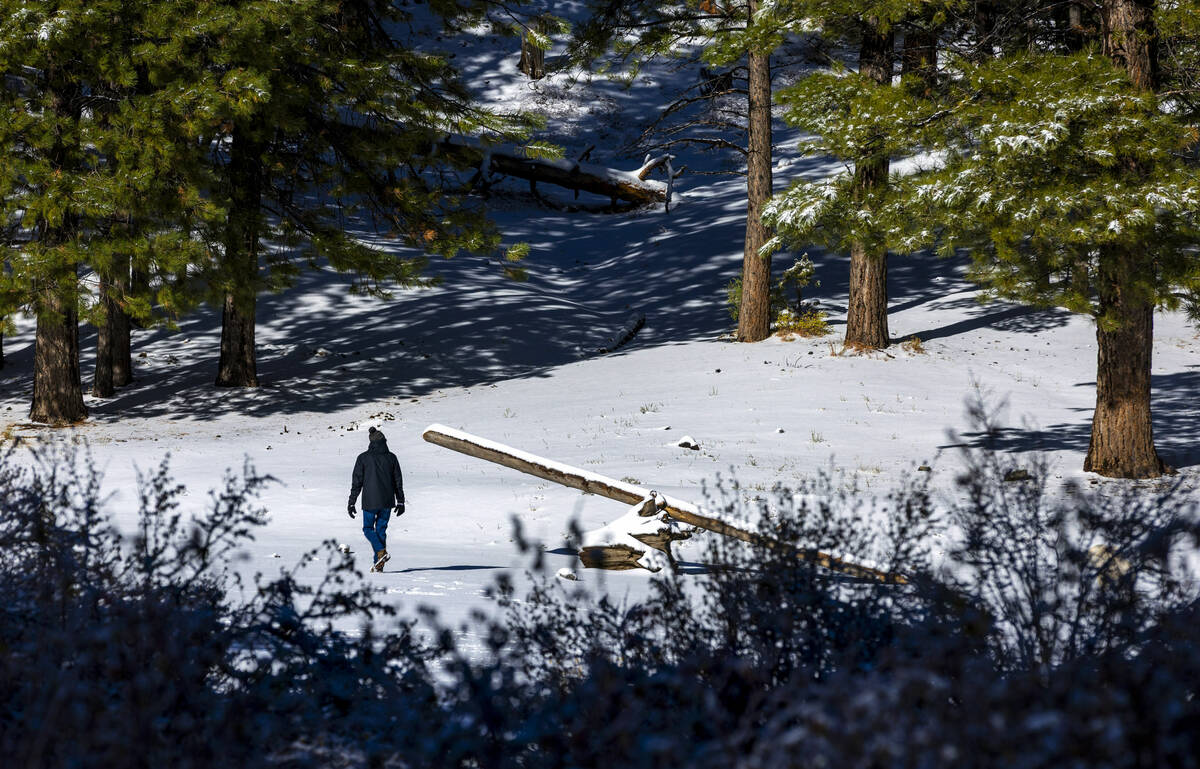
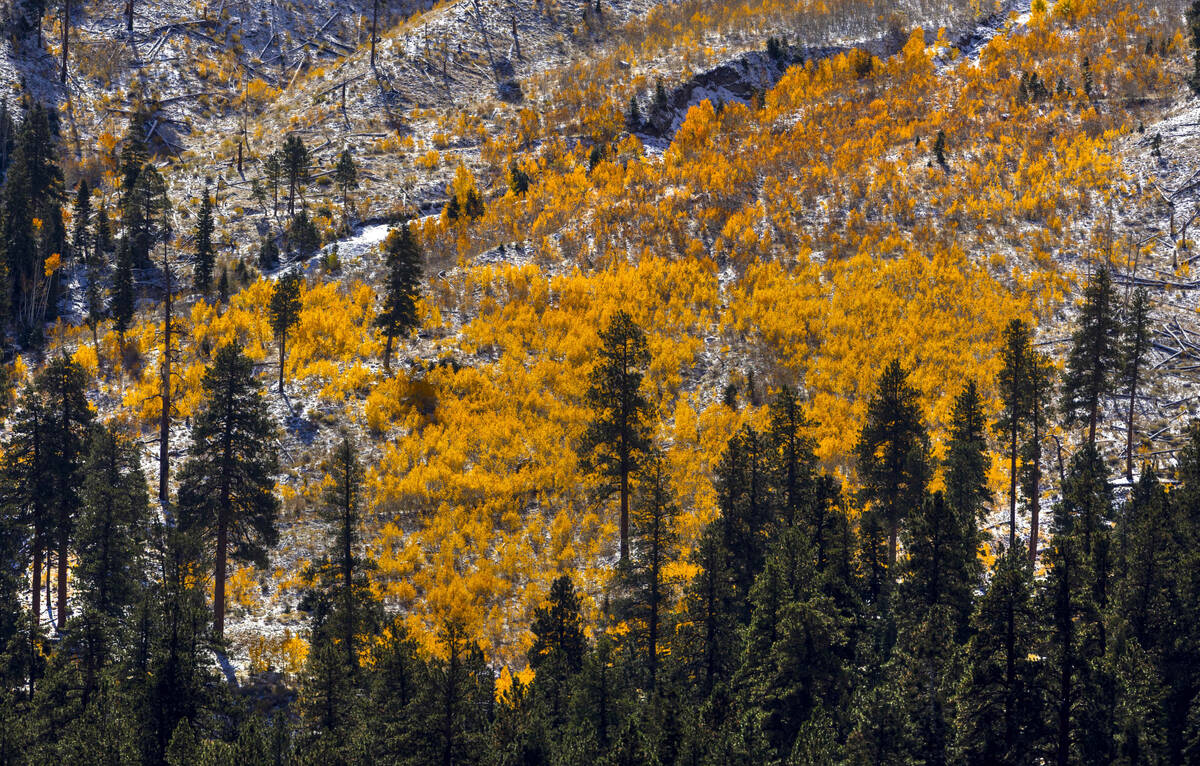
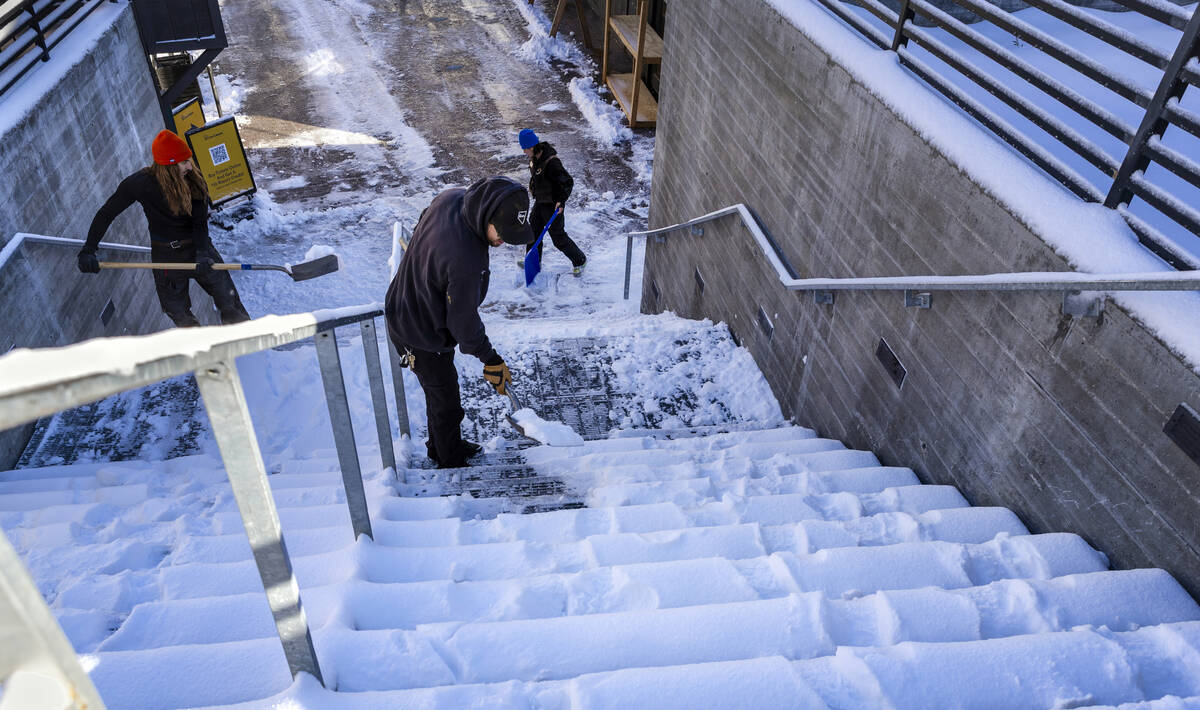

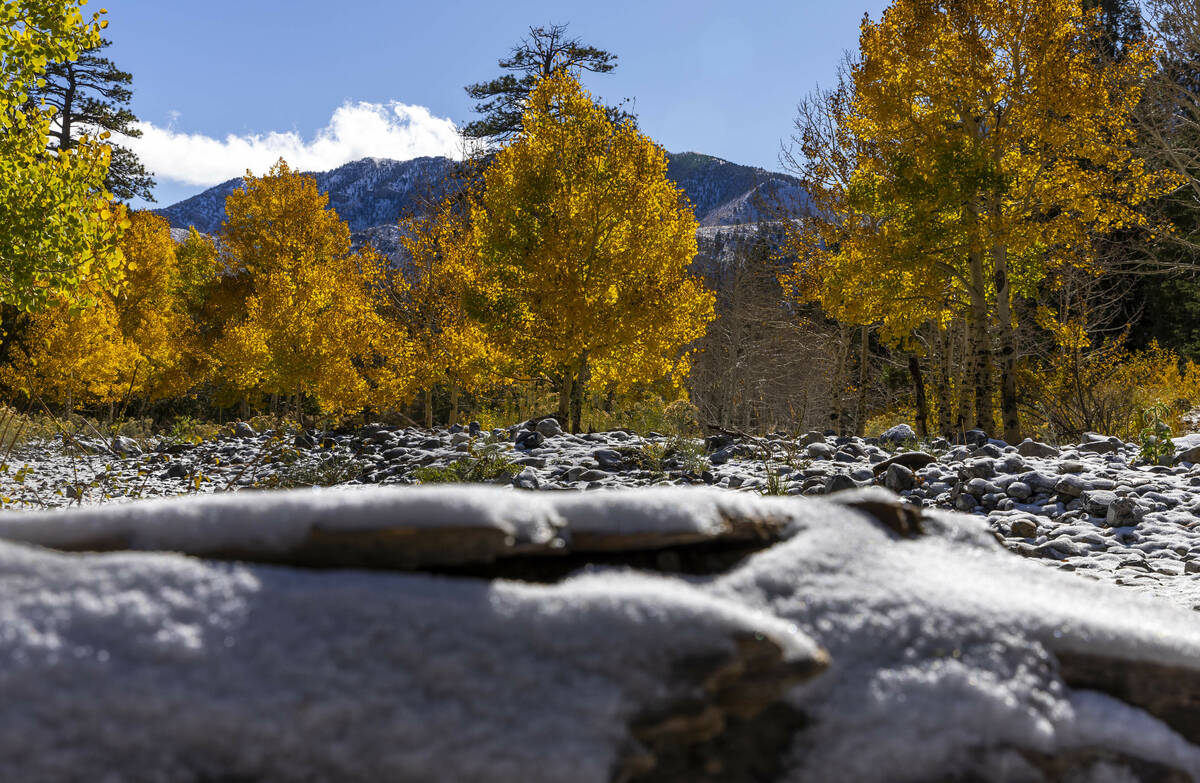
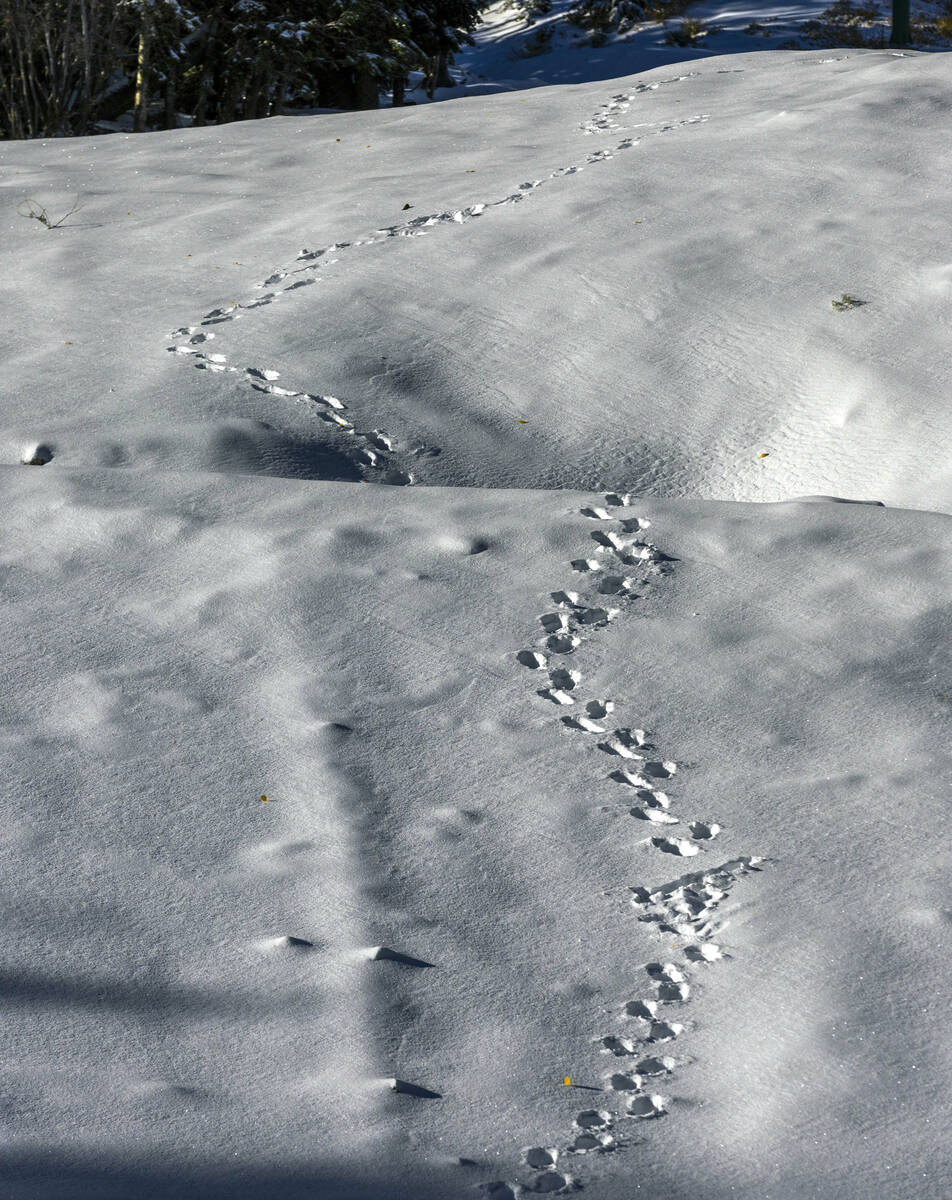
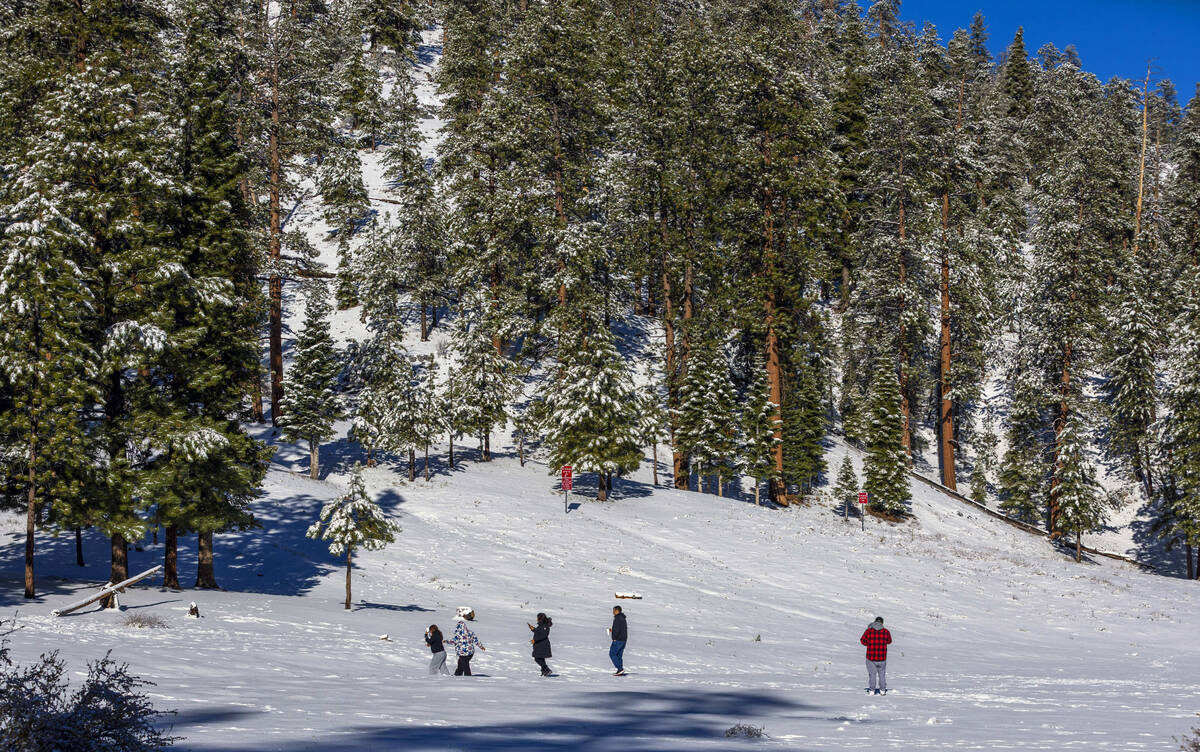
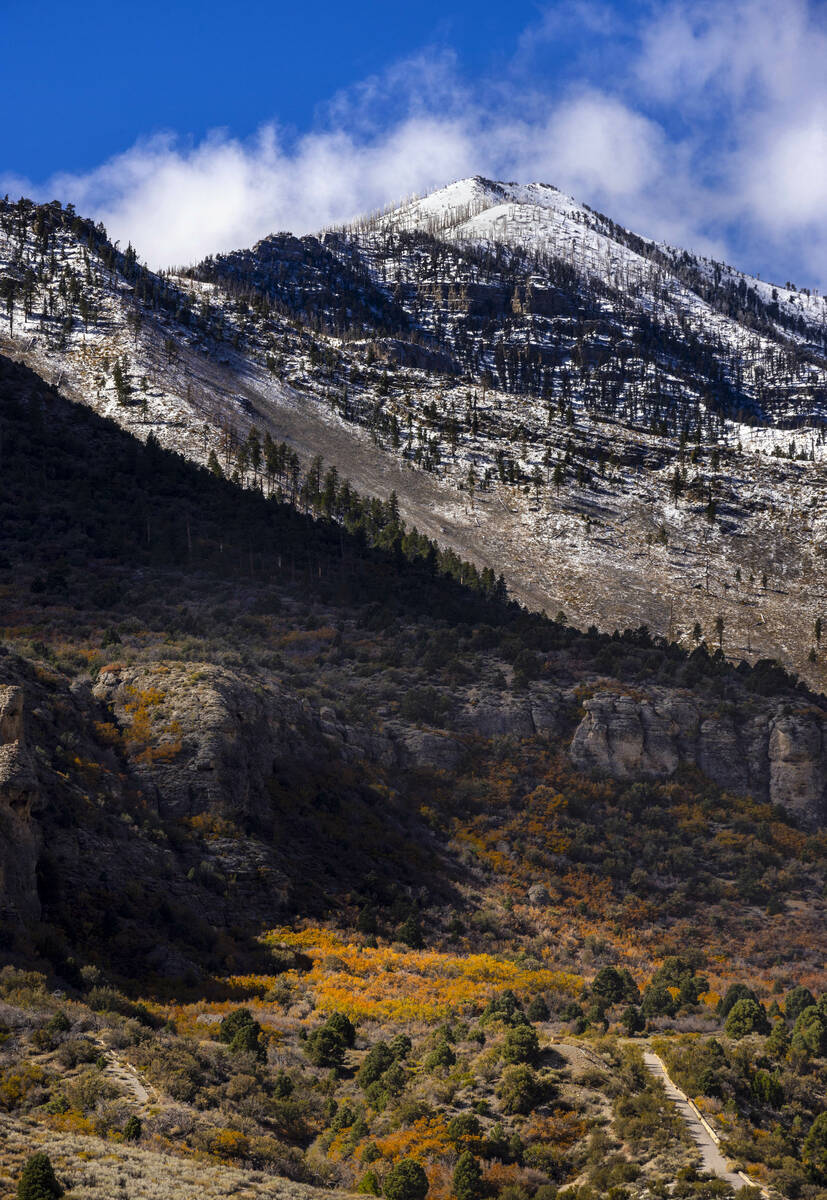
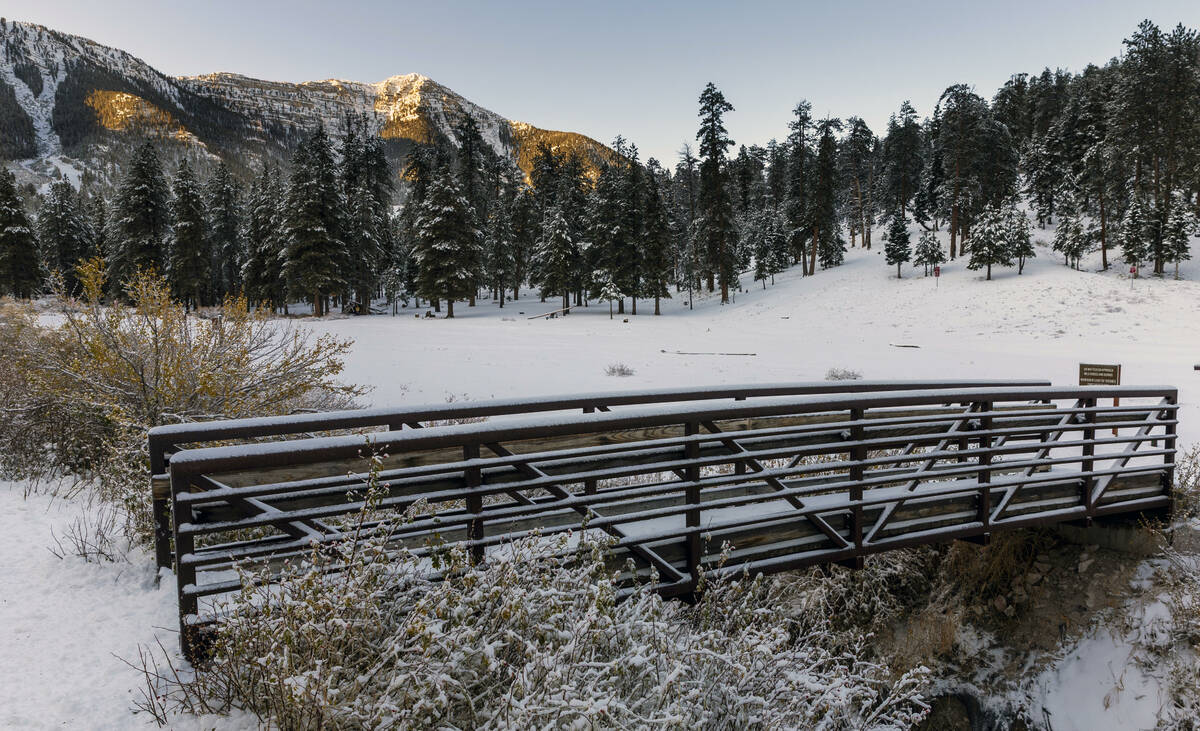
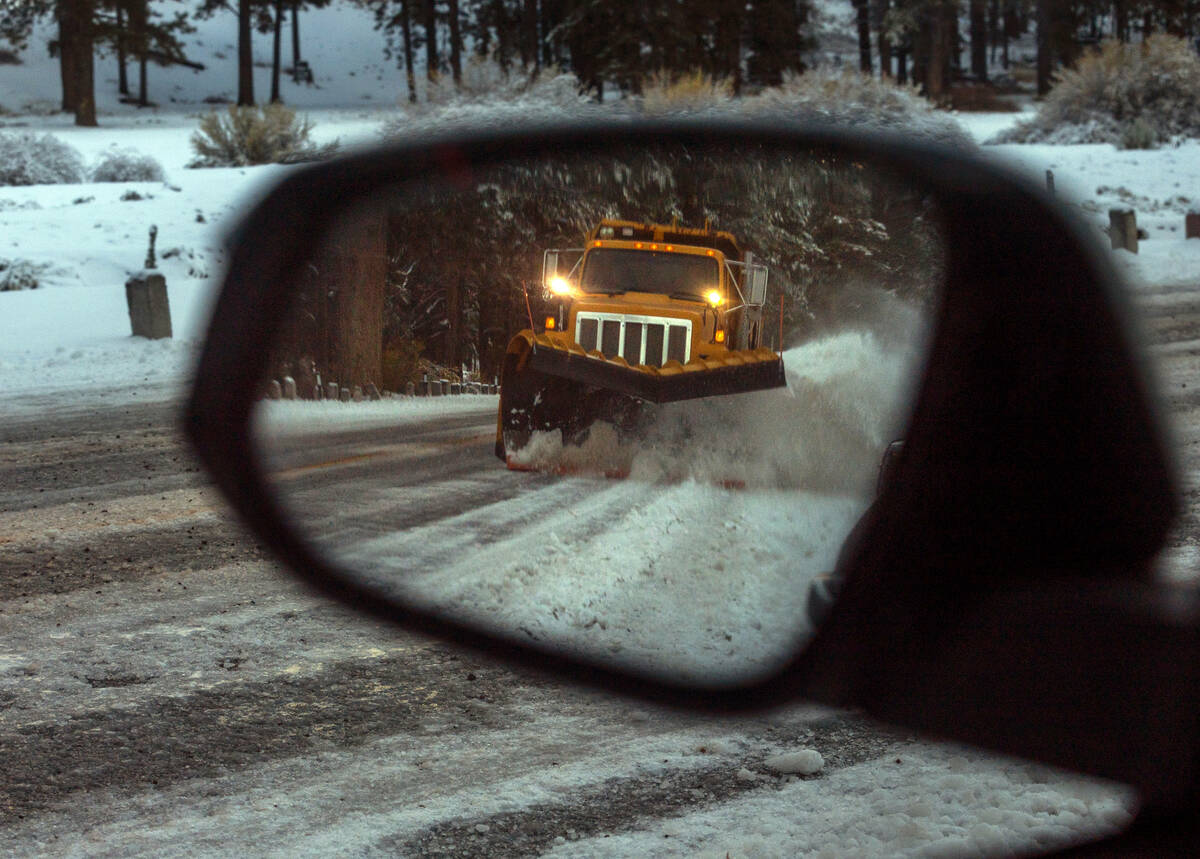
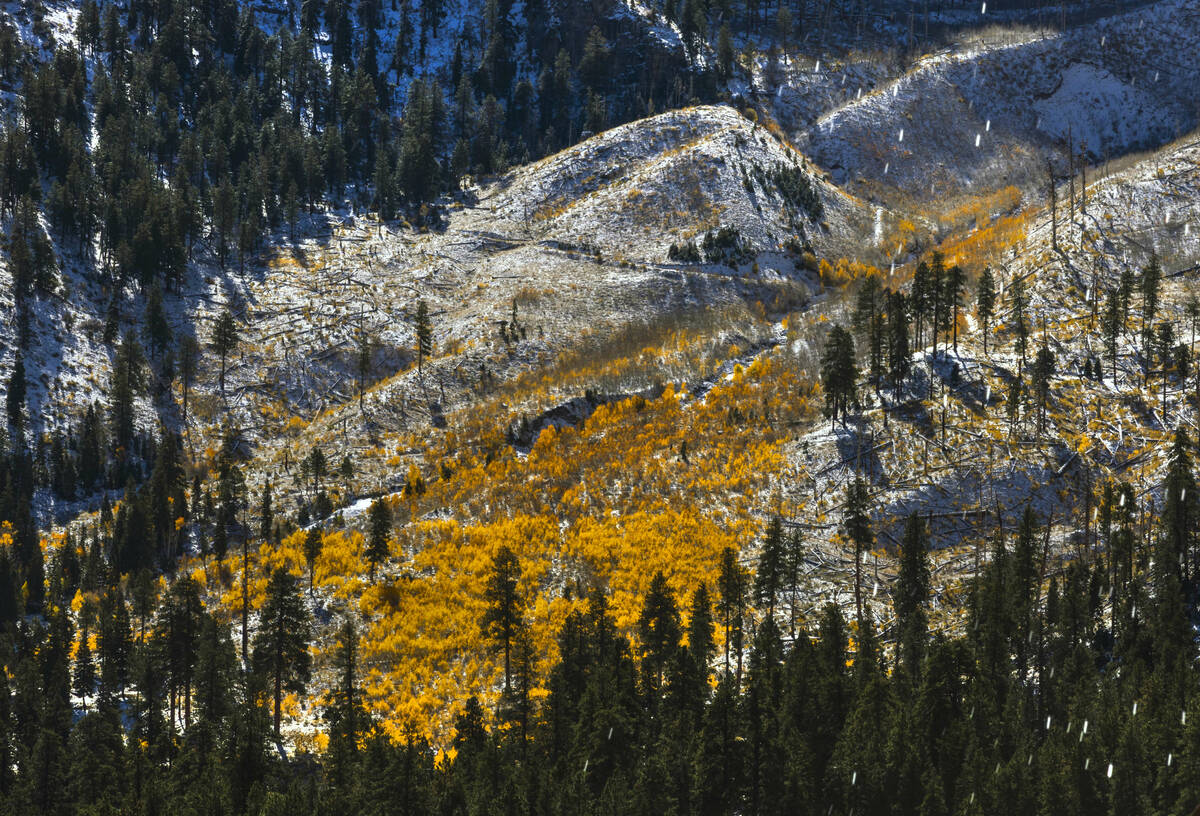
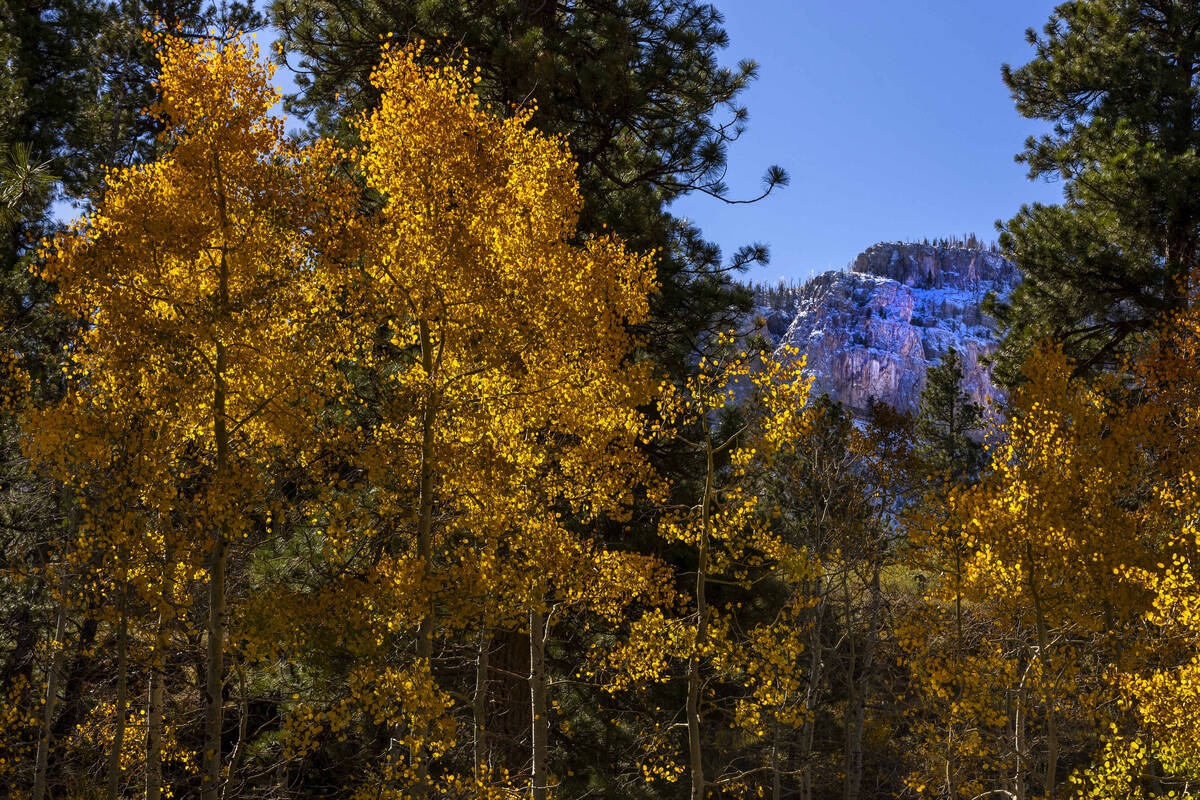
It’s looking a lot like fall in the Spring Mountains.
Now you can add some white stuff to the orange-and-yellow environment.
The Spring Mountains saw its first snowfall of the season Tuesday and early Wednesday, thanks to a storm that dropped some rain into the Las Vegas Valley.
Some areas around Mount Charleston got up to 4 inches, said Matt Woods of the National Weather Service.
It’s not unusual for Mount Charleston to see snow in October, Woods said, although the average first measurable snowfall for the area is Nov. 13.
On Thursday, Lee Canyon representative Stephanie Forte said the ski resort received “6 inches of snow at its base area.”
Last winter, the resort opened on Nov. 2, the earliest start in 13 years. It ended its season in April, thanks to some spring snowstorms.
Mount Charleston snow facts
(data based on NWS records from 1981-2020)
— the last time Mount Charleston saw significant snow in 2025 was March 11.
— the earliest measurable snowfall for Mount Charleston happened Oct. 3, 1986, when 0.4 inches fell.
— the latest measurable snowfall occurred June 17, 1995, when 0.5 inches fell.
— the average snowfall for the Spring Mountains during a winter season is 79 inches.
— driest winter: 11.4 inches (2017-2018)
— snowiest winter: 208 inches (2004-2005)
Lee Canyon snow facts
(from Stephanie Forte)
— 2022-23 winter season was Lee Canyon’s snowiest on record with 266 inches.
— 2023-24 winter season saw 215 inches.
— On Oct. 8, 2011, the resort was the first ski area in the U.S. to open after receiving 9 inches of snow.
— Oct. 10, 2013, Lee Canyon reported 7 inches.
— On Oct. 12, 2021, Lee Canyon received 8 inches.
— Digital editor Mark Davis contributed to this report.













